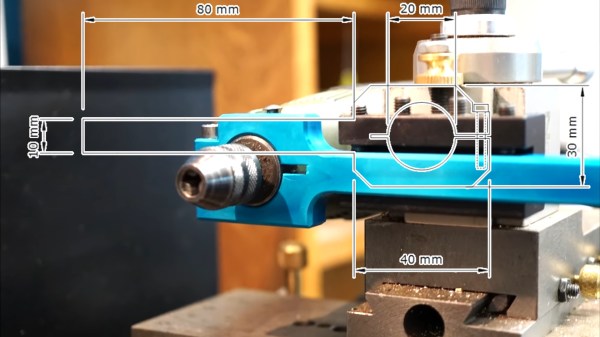Upgrading the BIOS in older computers is a great way to get a few more years of life out of old hardware or improve its performance. ThinkPads are a popular choice around these parts, but often flashing new firmware involves directly programming the chips themselves. Luckily, there’s a new flashing tool for some older Thinkpads that is much simpler.
The ThinkPads involved are the xx30 models with IvyBridge processors built around 2012, and a tool called 1vyrain now allows unlocking the bios without disassembling your computer. This means that there’s support for custom BIOS images such as coreboot, and in certain computers this also allows for overclocking, replacing WLAN hardware, and a number of other customizations. It will also allow you to disable the Intel management engine, which is not something we tire of talking about.
If you have one of these older computers floating around, some new RAM, an SSD, and this update will get you well on your way to a computer that feels brand new at virtually no cost, and the upgrades to the BIOS that you can easily make now only add to that. ThinkPads are a popular choice, especially for their hardware, but you do need to make sure that the software on them is trustworthy too.
Header image: Ashley Pomeroy [CC BY-SA 4.0].





















